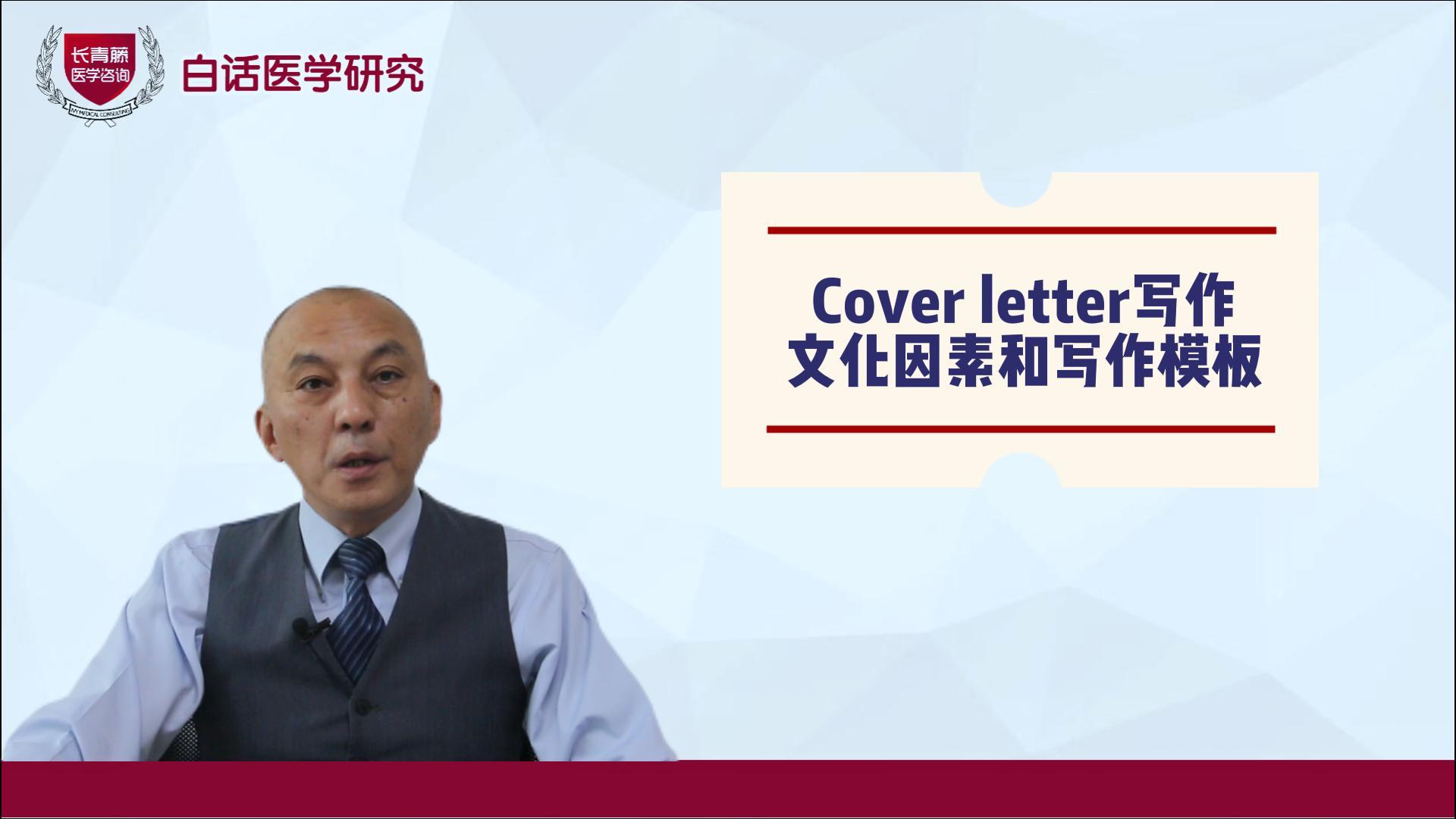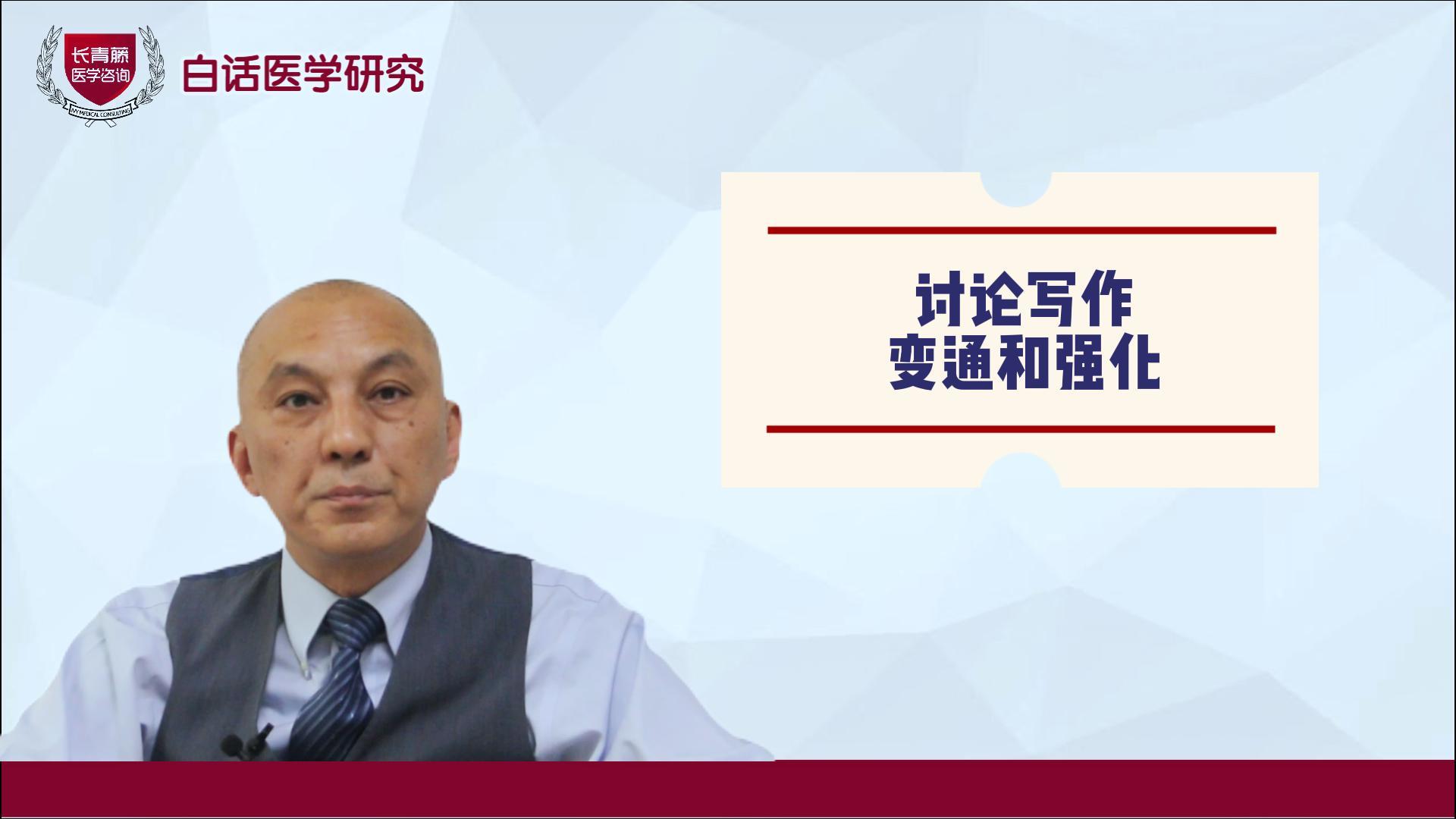2022-10-27


该项研究旨在探讨脊髓爆裂刺激对退行性腰椎疾患术后慢性神经根病患者的疗效。脊髓爆裂刺激包括植入一个与电极连接的可植入脉冲发生器,电极的导线进入脊髓背柱后方的硬膜外空间。
50例随机分组患者(平均年龄52.2岁[SD, 9.9岁];27例[54%]为女性),47例(94%)至少有一次随访ODI评分,42例(84%)完成了所有刺激随机期和ODI测量。基线时的平均ODI评分为44.7分,burst刺激期ODI评分的平均变化为-10.6分,安慰剂刺激期ODI评分的平均变化为-9.3分,组间平均差异为-1.3分(95% CI, -3.9 -1.3分;P =收)。预先指定的次要结果均无显著差异。9例患者(18%)发生了不良事件,其中4例(8%)需要对植入系统进行手术翻修。
在腰椎手术后慢性神经根疼痛的患者中,与安慰剂刺激相比,放置脊髓刺激器后脊髓爆裂刺激在自我报告的背痛相关残疾方面的变化与基线无显著差异。
Abstract
Importance: The use of spinal cord stimulation for chronic pain after lumbar spine surgery is increasing, yet rigorous evidence of its efficacy is lacking.
Objective: To investigate the efficacy of spinal cord burst stimulation, which involves the placement of an implantable pulse generator connected to electrodes with leads that travel into the epidural space posterior to the spinal cord dorsal columns, in patients with chronic radiculopathy after surgery for degenerative lumbar spine disorders.
Design, setting, and participants: This placebo-controlled, crossover, randomized clinical trial in 50 patients was conducted at St Olavs University Hospital in Norway, with study enrollment from September 5, 2018, through April 28, 2021. The date of final follow-up was May 20, 2022.
Interventions: Patients underwent two 3-month periods with spinal cord burst stimulation and two 3-month periods with placebo stimulation in a randomized order. Burst stimulation consisted of closely spaced, high-frequency electrical stimuli delivered to the spinal cord. The stimulus consisted of a 40-Hz burst mode of constant-current stimuli with 4 spikes per burst and an amplitude corresponding to 50% to 70% of the paresthesia perception threshold.
Main outcomes and measures: The primary outcome was difference in change from baseline in the self-reported Oswestry Disability Index (ODI; range, 0 points [no disability] to 100 points [maximum disability]; the minimal clinically important difference was 10 points) score between periods with burst stimulation and placebo stimulation. The secondary outcomes were leg and back pain, quality of life, physical activity levels, and adverse events.
Results: Among 50 patients who were randomized (mean age, 52.2 [SD, 9.9] years; 27 [54%] were women), 47 (94%) had at least 1 follow-up ODI score and 42 (84%) completed all stimulation randomization periods and ODI measurements. The mean ODI score at baseline was 44.7 points and the mean changes in ODI score were -10.6 points for the burst stimulation periods and -9.3 points for the placebo stimulation periods, resulting in a mean between-group difference of -1.3 points (95% CI, -3.9 to 1.3 points; P = .32). None of the prespecified secondary outcomes showed a significant difference. Nine patients (18%) experienced adverse events, including 4 (8%) who required surgical revision of the implanted system.
Conclusions and relevance: Among patients with chronic radicular pain after lumbar spine surgery, spinal cord burst stimulation, compared with placebo stimulation, after placement of a spinal cord stimulator resulted in no significant difference in the change from baseline in self-reported back pain-related disability.
文章连接:
jamanetwork.com/journals/jama/article-abstract/2797419
百度浏览 来源 : 医微客
版权声明:本网站所有注明来源“医微客”的文字、图片和音视频资料,版权均属于医微客所有,非经授权,任何媒体、网站或个人不得转载,授权转载时须注明来源:”医微客”。本网所有转载文章系出于传递更多信息之目的,且明确注明来源和作者,转载仅作观点分享,版权归原作者所有。不希望被转载的媒体或个人可与我们联系,我们将立即进行删除处理。 本站拥有对此声明的最终解释权。




发表评论
注册或登后即可发表评论
登录注册
全部评论(0)